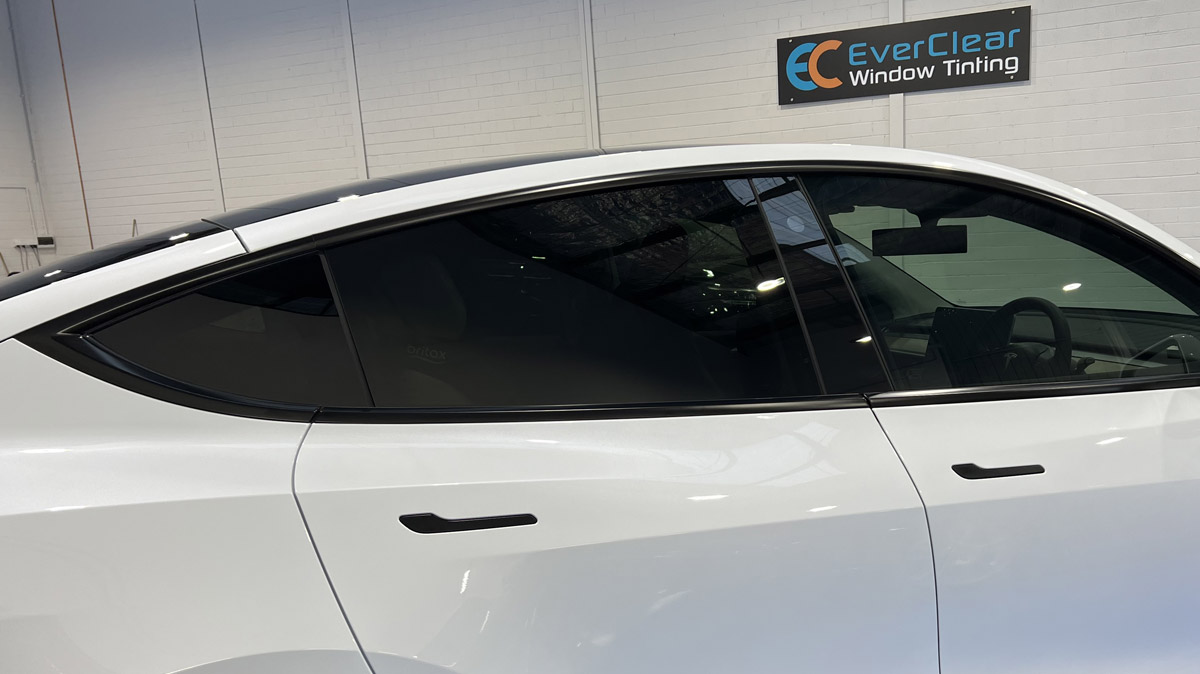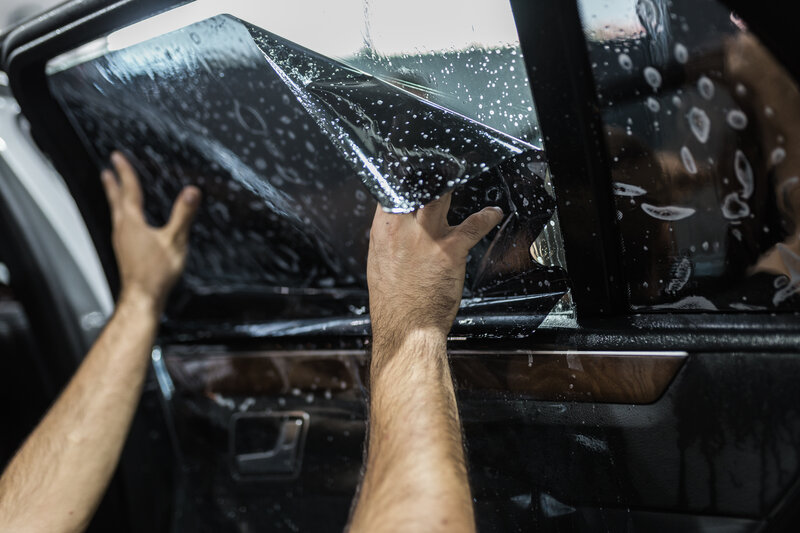How Vehicle Window Tinting Shields Your Automobile's Interior
How Vehicle Window Tinting Shields Your Automobile's Interior
Blog Article
Home Window Tinting Laws and Guidelines: What You Required to Know Before Tinting Your Auto
Prior to waging home window tinting for your car, it is important to acquaint yourself with the varied laws and guidelines that govern this technique across different states. These regulations determine the allowable degrees of tint darkness, typically determined by noticeable light transmission (VLT) percentages, and include details terms for front windshields aimed at ensuring roadway safety and security. Additionally, specific jurisdictions might supply medical exemptions for individuals with certifying conditions. Recognizing these complexities can save you from prospective legal implications, however what are the specific rules in your state?
Overview of Window Tinting Rules
Window tinting regulations are often based on variation across various jurisdictions, mirroring regional policies and safety and security considerations. These legislations dictate the permissible levels of color darkness and reflectiveness on lorry home windows, guaranteeing that motorists keep adequate exposure while likewise protecting against unsafe UV rays and heat.
Most policies identify window tinting based on the Visible Light Transmission (VLT) portion, which indicates the quantity of light that can go through the home window. Typically, lower VLT percents symbolize darker colors. Regulations commonly separate in between the front, side, and back home windows, with stricter restrictions put on the front windshield to boost safety for both the vehicle driver and other road individuals.
Conformity with home window tinting policies is critical, as offenses can result in penalties, compulsory elimination of the color, and prospective increases in insurance costs. It is crucial for vehicle proprietors to acquaint themselves with neighborhood regulations prior to continuing with window tinting installations.
State-by-State Color Regulations
Recognizing the details home window tinting policies in each state is crucial for vehicle owners looking for to abide by the regulation. Each state in the united state has actually developed its very own collection of rules regulating home window tinting, which can vary dramatically. These policies commonly determine the permitted degrees of color darkness, the sorts of windows that can be tinted, and any kind of clinical exceptions that might apply.
For example, states like The golden state have strict restrictions on color darkness for front windows, while others, such as New Mexico, may allow darker colors. Additionally, certain states mandate details presence percentages for various windows, consisting of the windscreen, front side windows, and rear windows. It is important for auto proprietors to familiarize themselves with their state's regulations to prevent potential penalties or penalties.
Moreover, some states might call for a certification sticker label to be positioned on colored windows, indicating conformity with state laws. Failing to adhere to these laws not just runs the risk of legal repercussions but can likewise affect safety and visibility while driving. Lorry proprietors should carry out comprehensive study or seek advice from local authorities to ensure complete understanding and compliance with state-by-state tint policies.
Allowed Color Degrees and Types
Many lorry proprietors may be amazed to discover that permitted color degrees and types vary commonly across various states. Each state has developed its very own guidelines regarding the permissible darkness and reflectivity of window tint, typically gauged by Visible Light Transmission (VLT) percentages. VLT describes the amount of light that can pass with the colored windows; thus, a lower portion indicates a darker tint.

In addition, the types of tint products enabled can vary, with some states prohibiting mirror-like or metal coatings. It is necessary for vehicle owners to familiarize themselves with their state's particular laws to ensure compliance. Non-compliance can result in fines, necessary elimination of the tint, or other legal effects, making it important to understand these guidelines prior to continuing with installment.
Medical Exceptions for Tinting
While not all states give allowances for clinical exemptions regarding home window tinting, those that do recognize the necessity for specific people to enhance exposure and comfort due to clinical conditions. Various medical problems, such as lupus, skin cancer cells, and certain eye conditions, can make people particularly conscious sunshine. These people might require darker colors to safeguard themselves from damaging UV rays and glow.

It is crucial to note that despite having a medical exemption, there might still be restrictions on the degree of tint permitted. Compliance with state laws guarantees that people are both secured and my blog within lawful restrictions. Those thinking about clinical exceptions should call their regional Department of Motor Automobiles or equal authority to comprehend the needs and procedures required to obtain an exemption properly.
Charges for Non-Compliance
Failing to abide by home window tinting regulations can lead to considerable fines, which vary by state. Regulation enforcement firms are empowered to provide citations for automobiles that do not follow the defined tinting policies. These charges generally include penalties, which can range from small quantities to a number of hundred bucks, depending upon the intensity of the infraction and the state concerned.
In some territories, duplicated offenses might lead to intensifying penalties or additional penalties, such as necessary court appearances. Furthermore, non-compliance may require the removal of prohibited tinting, usually at the proprietor's expenditure. In severe situations, regular wrongdoers might encounter suspension of their car enrollment until compliance is achieved.
In addition, insurance policy effects may develop from receiving numerous citations for window color violations. Insurance companies may see such offenses as a sign of riskier behavior, possibly causing enhanced costs or problem in insurance coverage.
To avoid these penalties, it is crucial for vehicle proprietors to acquaint themselves with their regional home window tinting regulations and make sure that their car complies (Window Tinting). This aggressive method not just avoids lawful implications but click here to read also promotes road safety
Verdict

Most guidelines identify home window tinting based on the Visible Light Transmission (VLT) portion, which suggests the amount of light that can pass via the window. Compliance with home window tinting laws is essential, as offenses can result in penalties, obligatory elimination of the color, and potential boosts in insurance costs.Comprehending the specific home window tinting regulations in each state is essential for automobile proprietors looking for to abide with the law. These laws frequently dictate the allowable degrees of color darkness, the kinds of windows that can be tinted, and any kind of medical exemptions that may apply.
For instance, states like The golden state have strict constraints on color darkness for front windows, while others, such as New Mexico, might permit darker colors.
Report this page